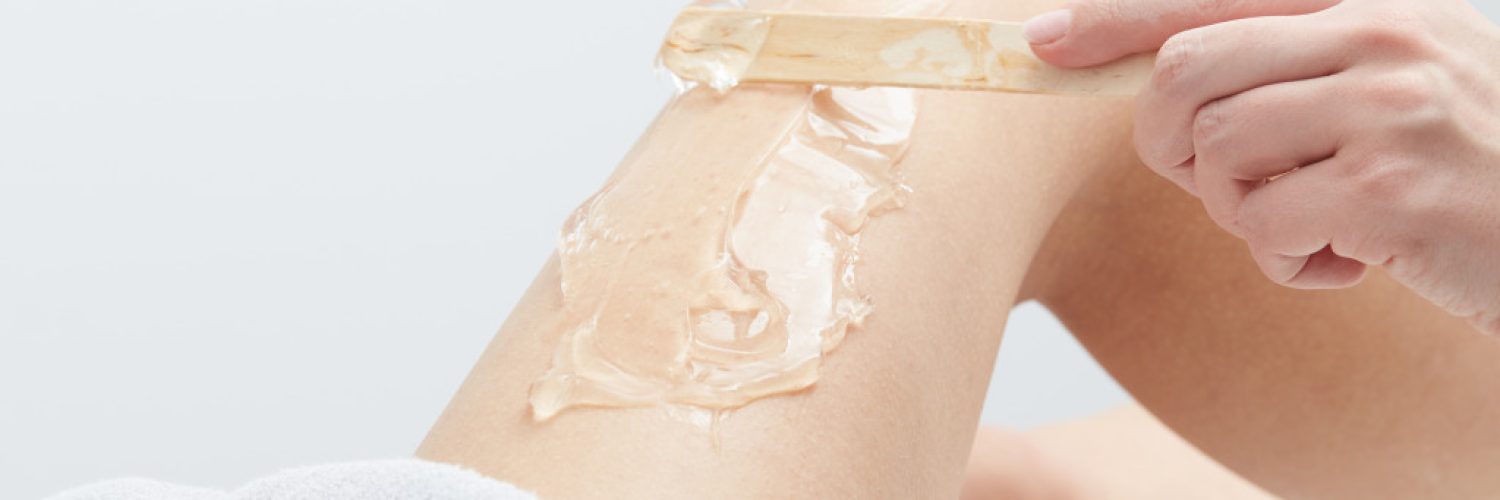Many find it hard to remove unwanted hair on their toes, feet, fingers, legs, back, cheeks, chin, or upper lip. Excessive hair growth can stem from different causes, like polycystic ovarian syndrome, hormonal imbalance, medications like steroids, and genetics. Based on your needs and the time of year, you might have to remove unwanted hair. Unlike lots of marketing claims, no hair removal procedure will permanently remove unwanted hair.
However, you can now find different methods to remove them for a short time. Learn more about the most common hair removal techniques, along with their effectiveness, side effects, and benefits.
Shaving
Shaving is one of the most accessible and cheapest means of removing unwanted hair because you can do it while taking a shower, and it only takes a few minutes to shave large areas like your legs. It’s the best method for removing unwanted hair in your legs and armpits. Most individuals not prone to ingrown hairs, razor bumps, or irritation also use shaving to remove unwanted hair in their bikini lines.
Usually, shaving can cause cuts and nicks, but if it’s a different story, you’re using the blades made for women, which can cover the curves around your knees or ankles. Make it a habit to replace the blades regularly and clean the area. Then, apply a creamy shave foam or gel to minimize potential damage.
You can quickly get smooth skin by using the right technique and tool. However, because shaving only removes the hair on your skin’s upper layer, it’ll grow back quickly, forcing you to shave every other day.
Waxing

Most waxers will use warm, melted wax, place them on the strip following the direction of your hair growth, and pull it off in the opposite direction. In addition, that heat forces the hair follicles to expand, making it easier to remove the hair and its roots. Waxing is the best solution for covering smaller areas, including the bikini areas, eyebrows, and upper lips. But avoid the places where you regularly apply Retin A.
That’s because it makes the skin thin since it sheds dead layers. Waxing that area can result in damage, irritation, and redness. It can also lead to ingrown hairs, especially in the bikini area. Exfoliation is an integral part of waxing because it lessens the risks of ingrown hairs. Ingrown hairs result from dead skin cells blocking the follicles.
Because it removes unwanted hair from its roots, it’ll last longer, unlike shaving. One tip is to let your hair grow an inch before waxing it again. No rule stops you from waxing on any day of the month, but it’ll be more painful during the days leading to your menstrual cycle. That’s because your skin cells are more sensitive during these periods.
Threading
Threading is a hair removal method that originated in the Middle East. It’s a method that entails using thread to remove unwanted hair from its roots, making it another suitable means for your upper lip and eyebrows. If your skin is sensitive, threading might be the best technique for you. But you have to remember that it can irritate the skin because an aesthetician needs to remove excess hair simultaneously.
If the aesthetician does threading correctly, it’ll remove an entire row of hairs simultaneously, and the results will last up to seven weeks.
Prescription Creams
If the other methods are too expensive for you, you can consult your aesthetician to ask about prescription creams. One popular type is the eflornithine (Vaniqa), which you’ll have to apply twice a day for thirty days. It works by controlling the enzymes that affect hair growth. Based on research, the outcome can last for eight weeks.
It best works for facial hair in women. Its side effects can include acne breakouts from follicle disruption, rashes, and burning.
Laser Hair Removal
Laser hair removal is an innovative method that removes unwanted hair follicles with heat produced by the laser, breaking them down to prevent future growth. It’s also the most expensive removal method, but it gives the most long-lasting results. Even if a few people call it a permanent solution, there will still be fine hair regrowth. Laser removal will help you get rid of unwanted hair in the different parts of your body.
But because you’ll need multiple treatments over the next few months to enjoy a drastic reduction in hair growth, it’s best for smaller areas like the face or bikini line. It’s also the safest method if handled by a practitioner trained to use the tool and knowledgeable about skin. Inexperienced people can cause damage, like pigment changes or burns.
Despite that, most women see nearly a fifty percent reduction in hair growth within six months. Maintaining the treatment regularly is necessary to prevent regrowth.
If none of these hair removal methods work, it’s best to consult your dermatologist to ask for their advice. Your dermatologist can prescribe drugs that limit hair growth.

